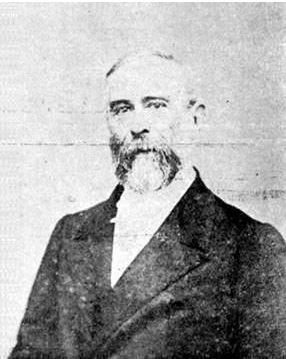In 1937, Spain was divided in a delicate civil war that put nationalists and republicans at the front. The nationalists, of totalitarian inspiration and led by the conservative military, Francisco Franco, had great difficulties in overthrowing the government through arms. Leftist sectors and other advocates of legality prevented an attempted coup from taking the country by conquering the capital Madrid.
Cornered, but not defeated, the nationalists decided to reconfigure their attack strategy by conquering less protected areas of Hispanic territory. Thus, they thought it best to start their new military campaigns by organizing attacks in the northern region of the country. As a result, the city of Guernica, a Basque urban center that had six thousand inhabitants and no official protection, was chosen for one of the most fearsome air attacks of the 20th century.
Historically, this small town was a great reference of historical and political events that highlighted the differentiation between the Basques and the Spaniards. In 1936, when the conflicts of the Spanish Civil War were taking their first steps, the Spanish government itself decided to formalize the complete political autonomy of the Basques. As a result, the nationalists began to consider the Basque region as a focus for traitors to the cause headed by General Franco.
To materialize the retaliation against the Basques, the nationalists counted on the express political and bellicose support of the Nazi-Fascists. The approach of these leaders is due to the shared ideals, and, especially, the interest Italian-German in testing the war technology that would be used in the coming conflicts of the Second World War. According to records, the air attack on Guernica was planned by Wolfram von Richthofen, Chief of Staff of the German Armed Forces.
The first action took place during the flyover of the Dornier Do-17 bomber, popularly known as the “flying pencil” because of its narrow dimensions. In its onslaught, this aircraft dropped a dozen bombs that hit the central region of the city. Shortly thereafter, a trio of Savoy-79 crossed the skies over Guernica dropping another thirty-six bombs. Between 4 pm and 6 pm that same day, three Heinkel-111 planes dropped yet another hail of explosives.
That would just be the beginning of a terrible tragedy. Three squadrons of Junkers-52s loaded with explosives weighing up to 250 kilos and incendiary bombs carried out an even worse offensive. Other smaller fighters carried out low-altitude flights firing their machine guns at the civilian population. Over the next three hours, forty aircraft participated in this terrible military action.
Initially appalled by the brutality of the event, some newspapers even reported a contingent of 1600 fatal victims. However, recent polls have revised the conflict's statistics, and today they work with an approximate number of 200 dead. Evidently, the dissemination of the episode and the homonymous canvas by the famous painter Pablo Picasso were responsible for the popularization of the incident in Guernica, which during the Spanish dictatorship could not be remembered by any citizen.
Do not stop now... There's more after the advertising ;)
By Rainer Sousa
Graduated in History
Brazil School Team
20th century - wars - Brazil School
Would you like to reference this text in a school or academic work? Look:
SOUSA, Rainer Gonçalves. "The attack on Guernica"; Brazil School. Available in: https://brasilescola.uol.com.br/guerras/o-ataque-guernica.htm. Accessed on June 28, 2021.

